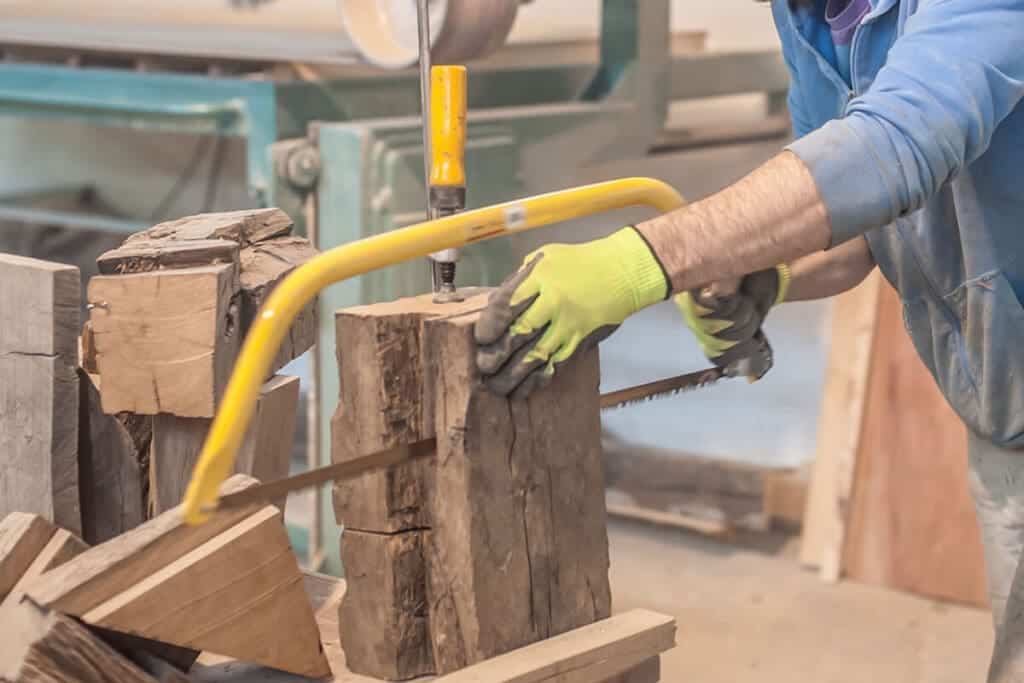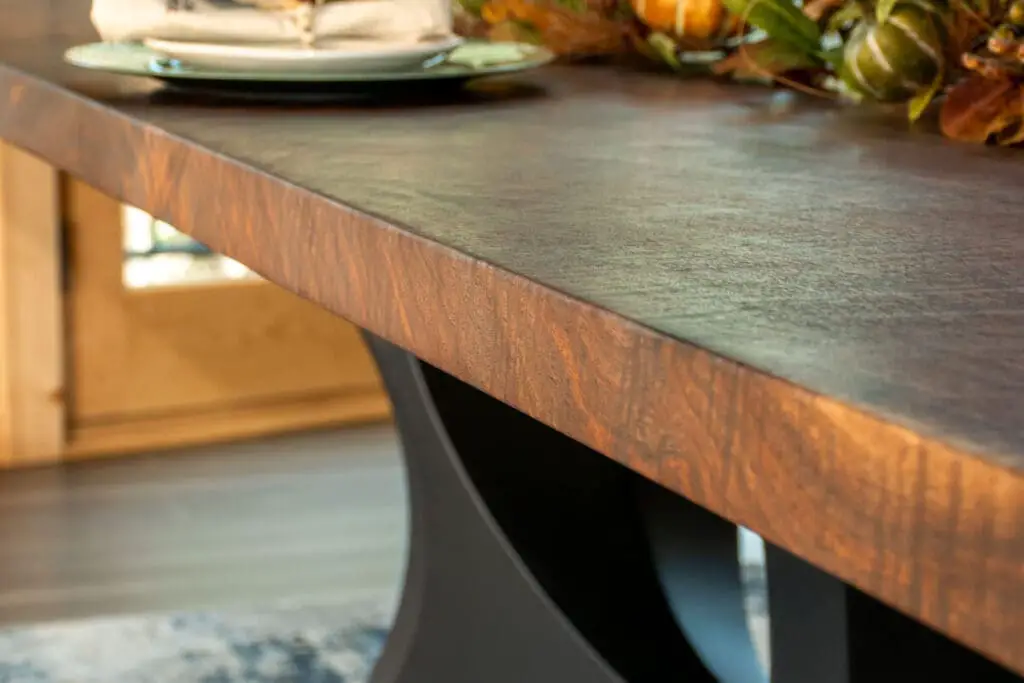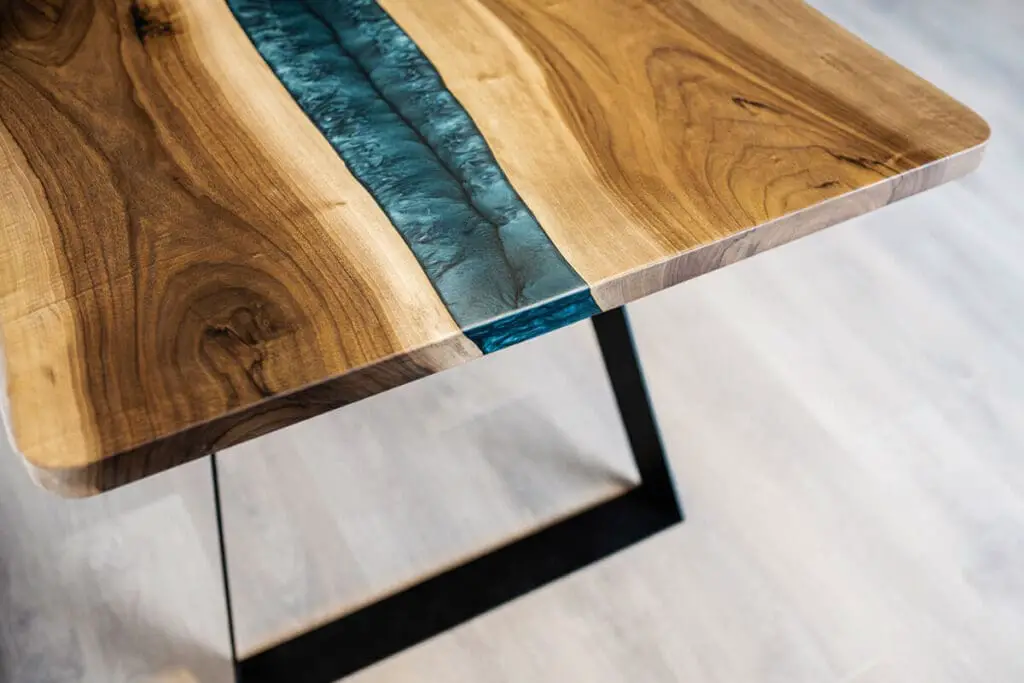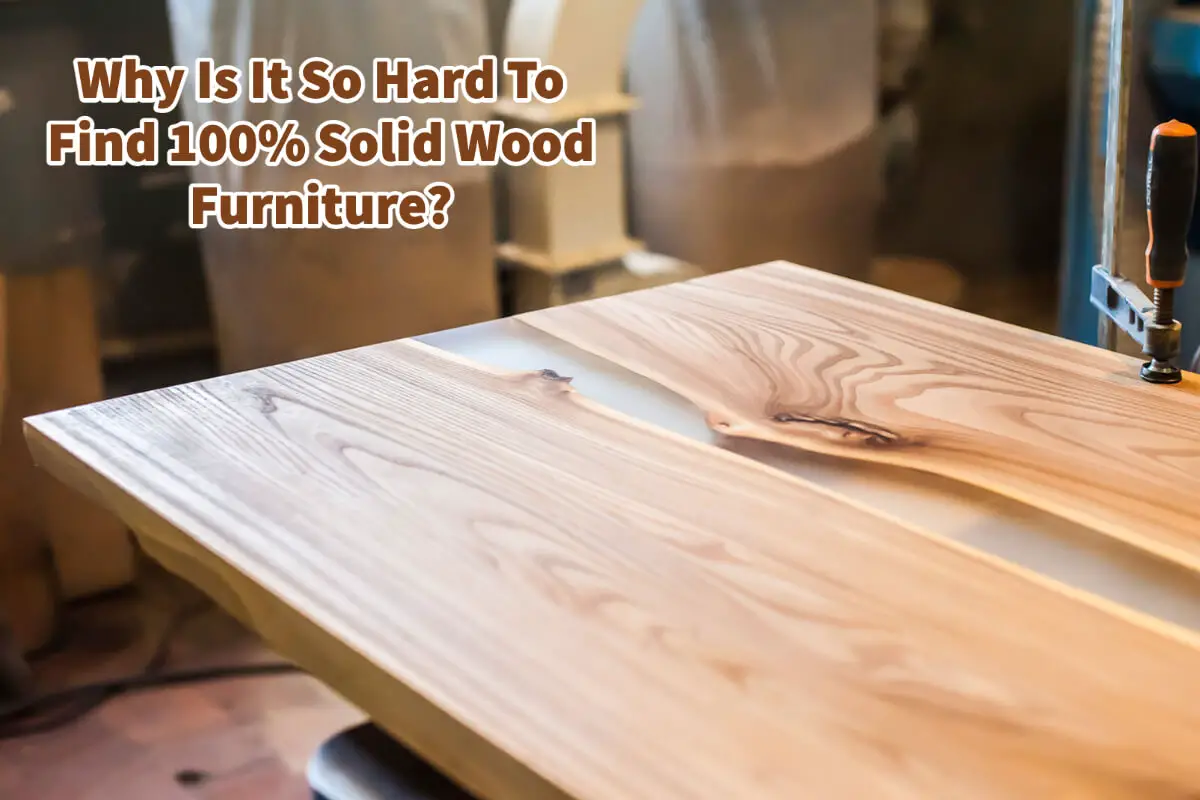It can be hard to find 100% solid wood furniture on the market if you are looking for newly manufactured solid wood furniture. There are many reasons why today, many manufacturers and suppliers will produce a furniture piece that is a hybrid between solid wood and MDF or plywood.
Solid wood furniture requires a lot of careful planning in production. The wood must be dried appropriately and manufactured not to crack. Also, many other factors, such as price and production, can make it harder to find solid wood furniture on the market. Read on as we explore one of the reasons why it is harder today to find solid wood furniture.
Table of Contents
- The Elusive Quest For 100% Solid Wood Furniture: The Underlying Reasons
- 15 Reasons Finding Solid Wood Furniture Is More Challenging To Find
- Deforestation
- Sustainability Concerns
- Cost Of Production
- Scarcity Of Skilled Craftsmen
- Consumer Misconceptions
- Changes In Aesthetic Preferences
- Furniture Imports
- Lack Of Regulation
- Rapid Furniture Turnover
- Logistical Challenges
- Global Economic Factors
- Resource Allocation
- Technology Advancements
- Material Innovation
- Consumer Demand For Convenience
- Related Content
The Elusive Quest For 100% Solid Wood Furniture: The Underlying Reasons
Today it is harder to find solid wood furniture, and there are many reasons why this is the case. Producing solid wood furniture can be challenging and expensive.
The cost of the 100% solid wood furniture piece will matter as to the kind and type of wood used for the production; at Mondoro, we produce a solid wood, recycled pine wood, and other solid wood furniture items.
Defining Solid Wood Furniture
Before delving into the reasons behind solid wood furniture manufacturing, it’s essential to understand what solid wood furniture truly is.
In the simplest terms, solid wood furniture is made entirely from high-quality natural lumber without engineered wood products like particleboard, plywood, or fiberboard. This means every piece of furniture – from the legs to the frame to the surface – is crafted from wood, often hewn from the same type.
15 Reasons Finding Solid Wood Furniture Is More Challenging To Find
Now that we understand what solid wood furniture entails, let’s dive into the 15 primary reasons it’s become more challenging to find today.
Deforestation
With the relentless demand for wood in various industries, forests worldwide have been significantly depleted. Responsible companies have turned away from practices that contribute to deforestation, further reducing the availability of solid wood furniture.
Sustainability Concerns
Producing solid wood furniture requires cutting down trees, contributing to climate change. In contrast, engineered wood products use smaller trees or even recycled wood, making them a more eco-friendly alternative.

Cost Of Production
Solid wood is more expensive to source and work with than engineered wood. Manufacturers often choose the latter to keep costs down, creating affordable, wood-like furniture that appeals to budget-conscious consumers.
Scarcity Of Skilled Craftsmen
Solid wood furniture demands a level of craftsmanship that is becoming increasingly rare in the age of mass production. Skilled artisans are hard to find, and their work can command a premium.
Consumer Misconceptions
Many consumers are unaware of the difference between solid wood and engineered wood furniture. This lack of understanding enables manufacturers to market cheaper, engineered wood products as premium furniture.
Changes In Aesthetic Preferences
Trends in interior design fluctuate, and the demand for modern, sleek furniture often favors using materials like metal, glass, and engineered wood.
Furniture Imports
The rise of furniture imports, particularly from countries where labor is cheap, has resulted in a market flooded with inexpensive, mass-produced pieces, many of which are not solid wood.

Lack Of Regulation
The furniture industry is not strictly regulated, making it easier for manufacturers to use cheaper materials and misleading labeling. That is why you want to buy from a reputable company or manufacturer.
Rapid Furniture Turnover
The modern ‘fast furniture’ culture values variety and novelty over durability and do not favor solid wood furniture built to last for generations.
Logistical Challenges
Due to size and weight, transporting solid wood furniture is more complicated and costly than flat-pack alternatives, leading many manufacturers and retailers to shy away.

Global Economic Factors
Changes in global economics have resulted in higher costs for raw materials, including wood, making solid wood furniture even less accessible.
Resource Allocation
Solid wood is often reserved for high-end applications such as construction and flooring, where its strength and durability are most valued.
Technology Advancements
Advances in technology have improved the quality and appearance of engineered wood products, making them more appealing to manufacturers and consumers alike.

Material Innovation
New materials, such as composites, plastics, and other synthetic options, offer unique properties and lower production costs, reducing the reliance on solid wood.
Consumer Demand For Convenience
Today’s consumers often prioritize convenience, favoring furniture that is easy to assemble, move, and replace. Solid wood furniture, typically heavier and requires more care, does not cater to this demand.
A confluence of environmental, economic, and societal factors drives the scarcity of 100% solid wood furniture. From the depletion of forests to changes in consumer behavior and advancements in material technology, various forces have converged to make solid wood furniture less accessible.
Despite these challenges, the allure of solid wood furniture remains undiminished for many. Its longevity, unique aesthetic, and inherent connection to nature make it an enduring choice for those seeking authenticity and sustainability. However, it is crucial that, as consumers, we demand solid wood that is sourced responsibly, ensuring the survival of our precious forests for generations to come.
Finding solid wood furniture may require more effort and higher investment. Still, the rewards – a piece of furniture with a sense of history, durability, and a tie to the natural world – are worth it.
At Mondoro, we would love to help you decide which material would be best for manufacturing your home decor and furniture product.
Find out more about how Mondoro can help you create, develop, and manufacture excellent home decor and home furniture products – including lacquer furniture. Don’t hesitate to contact me, Anita. Check out my email by clicking here or become a part of our community and join our newsletter by clicking here.
Mondoro gives out a FREE Lookbook to anyone interested. You can receive a copy of our latest Lookbook by clicking here.
Listen to our Podcast called Global Trade Gal. You can find it on all major podcast platforms. Try out listening to one of our podcasts by clicking here.
Subscribe to our Mondoro Company Limited YouTube Channel with great videos and information by clicking here.
Related Content
Hardwood Solids Furniture, What Does The Term Mean?
Hardwood solids can include non-solid woods such as engineered woods. Hardwood solids are used in furniture and other industries to classify what wood is used in a product. The terms usually do not classify what type of wood is used.
You can discover more by reading Hardwood Solids Furniture, What Does The Term Mean? by clicking here.
Differences Between Solid Wood, Plywood, Pressboard, And OSB?
Solid wood is wood cut from a tree and made into products; plywood and engineered wood. Pressboard is made from paper, including recycled paper. OSB is also known as Oriented Strand Board, and because of its strength is used a lot in roofing, housing, and floors.
You can discover more by reading our blog Differences Between Solid Wood, Plywood, Pressboard, And OSB? by clicking here.
What Is Solid Wood Vs. Engineered Wood?
Solid wood is cut down from the tree, cut into wood boards, and used for manufacturing. On the other hand, engineered wood is considered manmade as it is usually manufactured with wood chips, wood shavings, and an adhesive. Today the manufacturing of engineered wood is highly technical.
You can discover more by reading our blog All About Teak Wood And Outdod? by clicking here.


